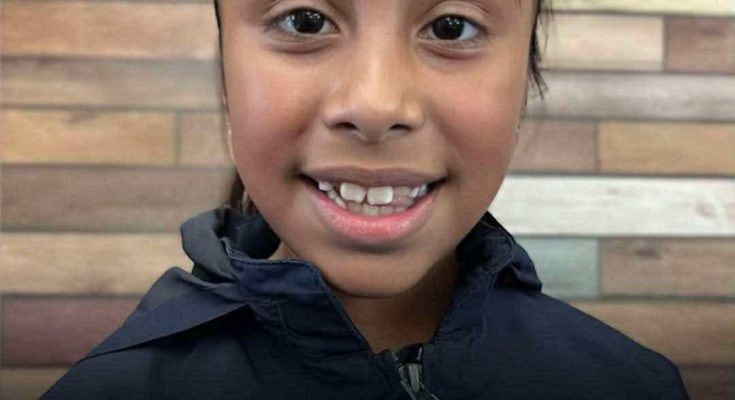Dr. Ryan Watkins, the anesthesiologist overseeing the procedure, confirmed that Silvanna had passed all required preoperative evaluations and was cleared for outpatient anesthesia. After the procedure, she was moved to a recovery room. According to her mother, Silvanna appeared drowsy, only occasionally opening her eyes and mumbling as they drove home.
Once home, her condition deteriorated. She seemed to fall asleep, but soon her breathing slowed dramatically. When her family was unable to wake her, they called 911. Silvanna was rushed to the hospital but could not be revived. She was pronounced dead that evening.
In a public statement, Dr. Watkins said, “Our hearts continue to go out to Silvanna’s family. We are deeply saddened by her loss.”
But this was not the first time Watkins faced scrutiny. In 2016, he was investigated after a 54-year-old patient nearly died under his care. That case led the Dental Board of California to find that he had administered an inappropriate medication that carried a high risk of cardiac arrest. As a result, he was placed on probation from 2020 to 2023.
Silvanna’s tragic death has reignited concern over the use of anesthesia in pediatric dentistry—particularly in outpatient settings where oversight may be less rigorous. While the death was deemed accidental, it has prompted renewed calls for tighter regulations, improved safety protocols, and increased transparency in dental clinics that treat children.
What should have been a routine dental visit became a nightmare no parent should ever face. Silvanna was a vibrant young girl with her whole life ahead of her. Now, her name may stand as a painful but powerful reminder: even the most routine procedures carry risks—and families deserve to know exactly what those risks are.



